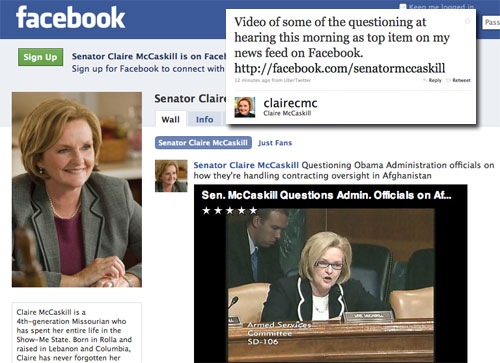For some years I have sensed a fundamental shift in how we –the consuming public– feel about advertising. The following is from a post by Jason Falls. [Alas, the original post is gone.] I was tempted to just repost the piece in its entirety. He begins with the philosophical differences between advertising and social media:
“Social media is, in many ways, the antithesis of advertising. Advertising is one-way communications aimed at large groups of consumers. Social media is two-way communications that requires listening as well as speaking. It can also be said that social media is a multiple-way communications method as brands can speak and listen, but also watch other consumers talk to each other. An agency’s creatives and strategic planners suddenly having to factor in listening and observing to their communications process after decades of just shouting from the roof tops presents a seismic culture shift.
Social media is also about building relationships. Advertising is about driving people to a buying decision. In fact, I would propose that in most cases, advertising has nothing to do with a relationship. It’s all about persuading someone to take action, not discussing the decision-making process and becoming a trusted resource for the person choosing. As Chris Heuer says, good marketing today doesn’t try to sell the customer on something. It tries to help them buy it.
Similarly, it can be said that the essence of social media, in many ways, is good customer service. I would propose that, with exceptions certainly, advertising agencies have never cared about serving the customer. They care about making the sale. Advertising is most often used to drive customers to purchase, not care for them after the fact.
So, philosophically, advertising and social media are very different. Creatives, client services folks, account planners and the like are being asked to undertake a new method of communications that runs counter to everything they’ve ever been taught.”
A small shop within our company has been providing social media services to clients for a couple of years and it immediately became clear to us why advertising agencies weren’t keen on producing social media content for their clients. Again, Mr. Falls:
“Content creation also doesn’t scale well and is problematic for billing. Let’s say you have 20 brands producing social media content and you hire two people to produce that content. Depending upon the brand, audience and strategy, if they’re doing a good job, they’re producing an average of a blog post, Facebook content, several Tweets and perhaps video, images or some other type of content for each client every day. Can you write 10 blog posts in a day?
And how about this billing scenario: Let’s say a full-time agency employee producing content for a client is working 10 hours per week on that client’s social media efforts. They’re billed out at roughly $75 per hour. At that rate, which is conservative in price and volume, you’re billing $36,000 per year for their services as an agency. At the same time, you can go out and pay free-lance bloggers $25 per post (and that’s on the high end in most circumstances) and produce a similar volume of content for $6,500 per year (a blog post per day, five days per week, which is an aggressive clip for many agencies). How will you answer your client when they call you with a big, “WTF?”
If you are remotely involved in “old media” and/or advertising, I encourage you to read Mr. Fall’s complete post.

 “Your honor, the defense will stipulate that Senator McCaskill’s Facebook page is in no way an act of journalism and might be self-serving and total horse shit.”
“Your honor, the defense will stipulate that Senator McCaskill’s Facebook page is in no way an act of journalism and might be self-serving and total horse shit.”